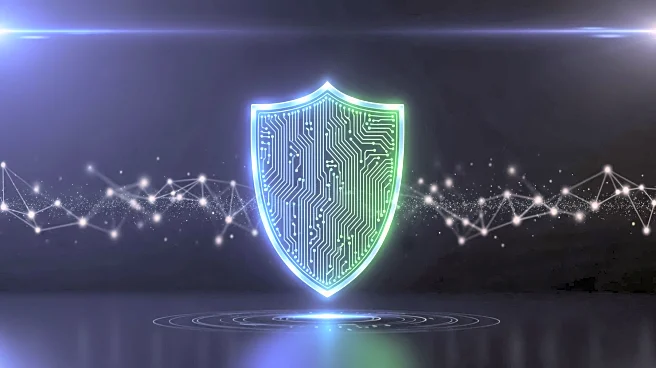What's Happening?
The global cybersecurity risk assessment market is projected to grow significantly, driven by rising cyberattacks and strict data protection laws. The market, which includes major companies like IBM, PwC,
and McAfee, is expected to expand at a compound annual growth rate of 10.4% from 2025 to 2032. Modern solutions in this field employ AI and machine learning to prioritize risks in real-time, adapting to the expanding cloud and IoT ecosystems. The shift towards automated risk scoring and AI-driven threat modeling is reshaping the segment, with integration into governance and compliance tools becoming a major trend.
Why It's Important?
The expansion of the cybersecurity risk assessment market is crucial as organizations face increasing exposure due to digital transformation and remote work. Continuous risk visibility and security maturity benchmarks are sought by enterprises to safeguard their operations. The market's growth indicates a heightened focus on cybersecurity, which is essential for protecting sensitive data and maintaining business continuity. As cyber threats evolve, the demand for advanced risk assessment tools and services will likely increase, impacting industries such as banking, healthcare, and government.
What's Next?
The market is expected to see further adoption of AI-enabled continuous assurance and sector-specific frameworks. Partnerships with insurers and governments may create new risk rating standards. However, challenges such as talent shortages and complex compliance landscapes remain barriers. Organizations will need to invest in cybersecurity measures to keep pace with evolving threats and regulatory requirements.
Beyond the Headlines
The integration of AI and machine learning in cybersecurity risk assessments could lead to more proactive defense strategies, potentially reducing the impact of cyber incidents. This technological advancement may also drive innovation in cybersecurity solutions, offering new opportunities for businesses to enhance their security posture.











